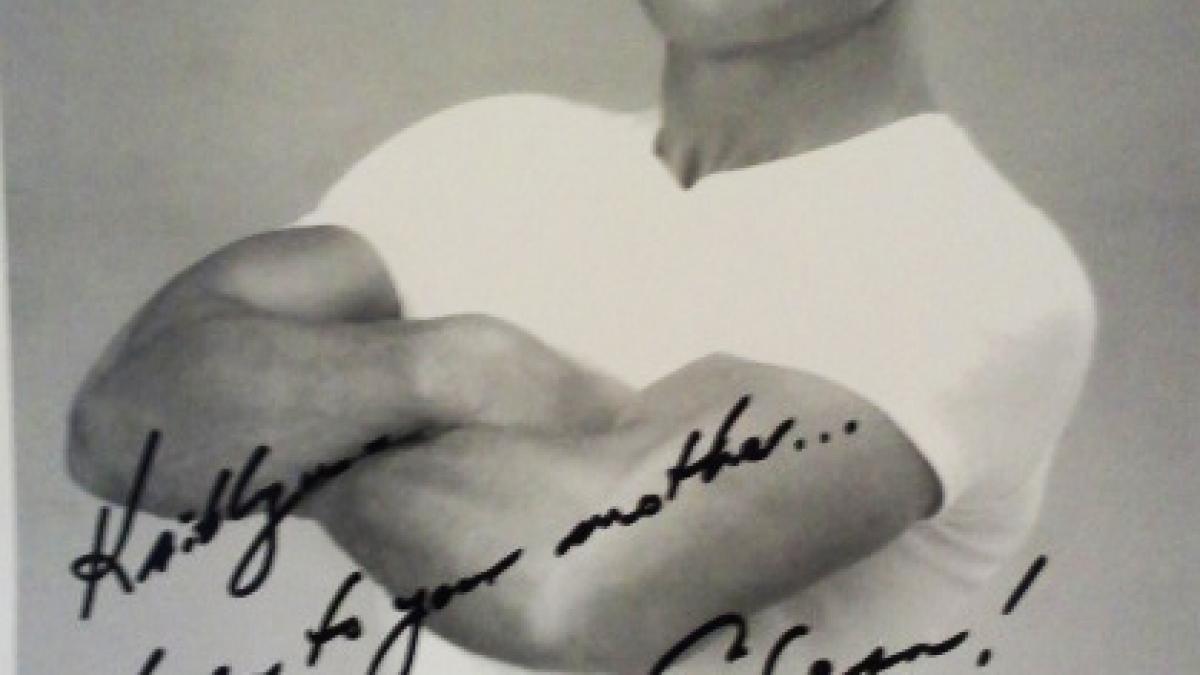
Principles of Clean Web Design
I love clean web designs – almost too much. I love clean designs so much that one could say that I can’t do much else, and sometimes my designs are clean to a fault – almost to the point of being bare. But the definition of “clean” design is not design that is minimalist or bare—it is a design that is precise, consistent and beautiful. Let’s examine some elements that set well-done, clean designs apart, and take a look at some of the best clean sites around.
Principle #1 Extreme Attention to Detail
The devil is in the details. With all of the work I have been most proud of, I have spent what would seem to non-designers as an inordinate amount of time on small details. But in the end … the small details really do make all the difference.
Subtle textures, slight drop-shadows, texture overlays on photos (a trend I am currently loving), borders and other design elements are all important pieces of what makes a beautiful site. Incorporating these elements in a balanced manner and without overuse is key for a clean, attractive site design.
One site I recently came across that embodies these qualities is Marines.com. From the delicate borders and gradient in the navigation bar, to the subtle pattern overlay on the slider image, this site is the definition of pixel perfect.
Principle #2 Consistency
Every element in a clean web design – or really any good web design – should be consistent throughout all pages on the site. Heading sizes, colors and fonts should be defined and used consistently throughout the site. Additionally the style of buttons and other elements should complement each other, and match across the entire site.
One of the most important consistency issues that I see frequently neglected is the use of consistent photography. Photos should all have the same tone, quality and treatment. Consistent use of high quality photos can take the look of a design to a new level.
Principle #3 Design on a Grid
Perfect alignment and balance is a key element in a clean web design. Using a grid to align elements will make the page orderly, and we all tend to love order when we are trying to consume information.
At Level Ten, we design on the 960 Grid System. The 960 Grid provides a wide variety of column widths and layouts because the number 960 is divisible by many different numbers. Every time I start a new webpage comp, I open a 960 grid as my base. If you would like to design on a 960 grid, a great tool for making it easy can be found here.
Here is a nice example of a site designed on grid:
Principle #4 Use Color Carefully
Sometimes clients select a color palette as large as eight (!) colors. As a designer, trying to design an attractive, clean site using so many colors is nearly impossible. With too many bright colors, the user’s attention is constantly being shifted from one bright element to another, leaving the user overwhelmed.
If the site is content-heavy or has many images that need to take center-stage, it is recommended that only two to three vibrant colors are used, while the rest of the space is filled with neutral tones or subtle textures. By applying this design principle, colored headers, logos and other small elements create a visual hierarchy so that the user can more easily digest the information they are viewing.
Of course a design can be clean with bright colors that dominate the page, but in this case, the design will only remain clean if the bright colors are limited to one or two colors and the other design elements are kept simple.
The Station Street website below uses several bright colors, but balances out the page with neutrals. The site, egoargentina.com, on the other hand has an equally exciting look and feel while using a completely neutral palette with splashes of aqua.
Do you have more ideas to add to this list? Let us know in the comments, or shoot us your ideas on Facebook and





